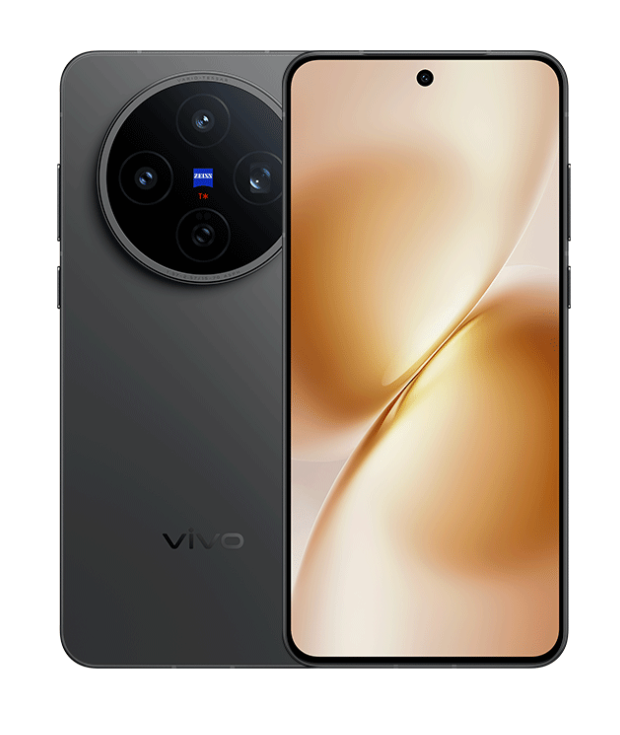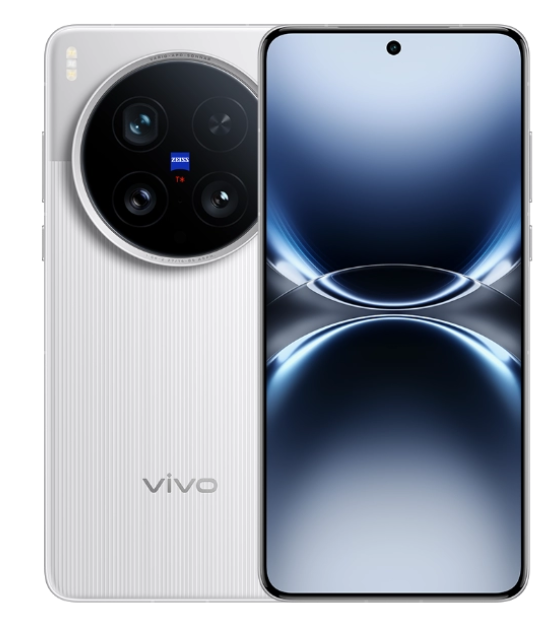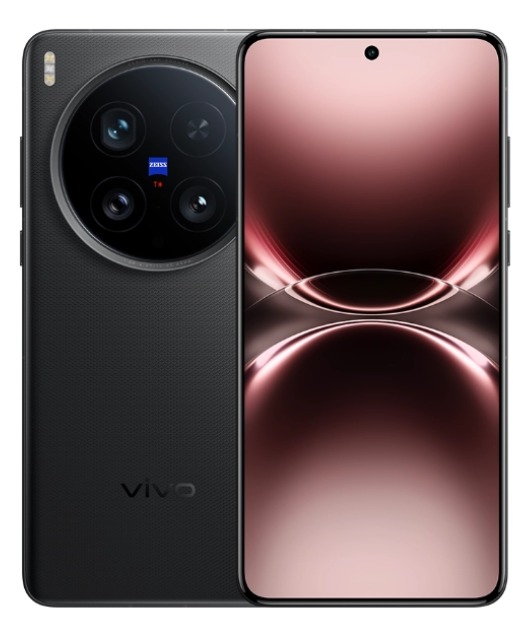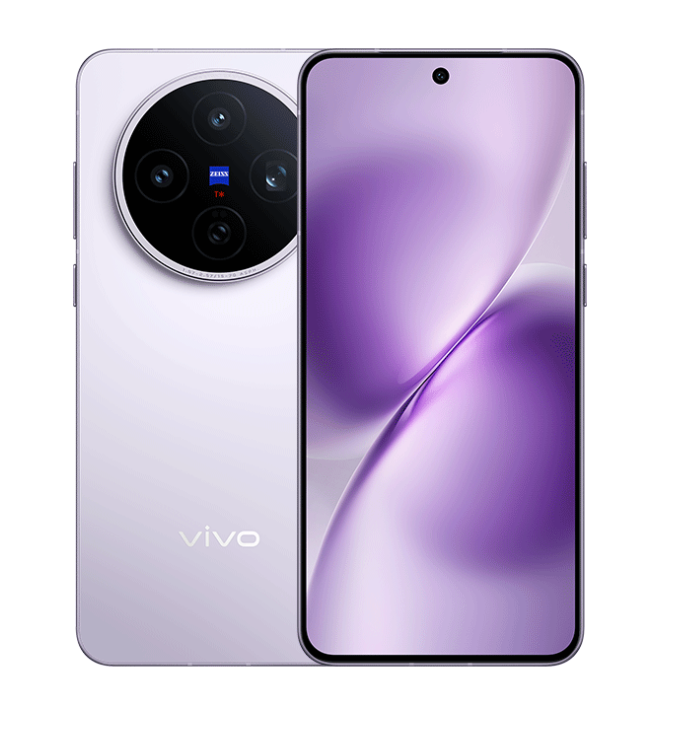Vivo X200s and Vivo X200 Ultra are two of Vivo’s latest flagships, aimed at users with different priorities but similar expectations for high-end features. Both models promise sleek design, advanced cameras, and strong performance, but the gap between their price tags raises an important question: which one offers better value for your needs? This comparison breaks down their key differences to help buyers choose wisely.
1. Design and Display

Build and Feel:
Vivo X200 Ultra comes with a more substantial and premium design, thanks to its aluminum alloy frame and slightly larger, heavier body. This gives it a solid, high-end feel in hand, especially compared to the lighter, slightly slimmer Vivo X200s, which uses a more conventional frame material. While the X200s is more comfortable for one-handed use, the Ultra’s weight and bulk feel intentional, adding a touch of luxury. The Ultra is better suited for users who prioritize craftsmanship and durability over lightness, while the X200s is easier to handle day to day.
Display Quality:
Vivo X200 Ultra edges ahead with its 6.82-inch 3168×1440 AMOLED display, delivering sharper details and superior clarity compared to the X200s’ 6.67-inch 2800×1260 screen. The Ultra also offers adaptive refresh from 1-120Hz, boosting battery savings and fluid visuals in gaming and scrolling, while the X200s is locked at 120Hz. The Ultra’s higher resolution, 510 PPI density, and better dynamic refresh make it a smarter pick for media lovers and gamers seeking crisp, smooth output.
Verdict:
The X200 Ultra outclasses the X200s in display resolution and adaptive technology while offering a more refined, substantial build. Users seeking a premium display and feel will get more value from the Ultra, while the X200s focuses on comfort and balanced design for everyday use.
2. Specifications

Performance:
The Vivo X200 Ultra is powered by the Snapdragon 8 Extreme Edition, which offers higher clock speeds (up to 4.32GHz) compared to the Dimensity 9400+ in the X200s (maxing at 3.73GHz). The Adreno 830 GPU also surpasses the Immortalis-G925 in graphical output, especially in high-load games and AI tasks. The Ultra’s setup is engineered for flagship performance, ideal for demanding apps and future-proofing. The X200s remains capable but is more balanced for mid to heavy everyday use rather than raw performance dominance.
Battery and Charging:
Both phones sport near-identical fast charging and wireless support, 90W wired and 40W wireless, but the Ultra houses a slightly smaller 6000mAh typical capacity versus the X200s’ larger 6200mAh. In exchange, the Ultra’s adaptive refresh and Snapdragon optimization balance out the smaller size, so real-world endurance stays competitive. The X200s edges slightly ahead in sheer battery life on paper, making it more appealing for users who prioritize longevity over absolute speed.
Verdict:
In raw power, the X200 Ultra has a clear advantage, making it better suited for high-performance workloads, games, and long-term use. The X200s, however, offers better battery capacity, which is attractive for endurance-focused buyers. Performance seekers will lean toward Ultra, while battery-conscious users might prefer the X200s.
3. Camera

Main and Secondary Lenses:
The X200 Ultra leads in camera hardware, featuring a 200MP periscope lens and a more refined triple-camera array versus the X200s’ triple 50MP setup. Optical zoom also goes deeper on the Ultra, offering 105x digital zoom and 3.7x optical, compared to the X200s’ 100x digital and 3x optical. This makes the Ultra an excellent choice for photography enthusiasts who need maximum versatility, while the X200s still offer solid performance for everyday shots but lack the same telephoto depth.
Selfie Camera:
The Ultra once again raises the bar with a 50MP front-facing camera versus the 32MP sensor on the X200s. For social media users, vloggers, or anyone focused on selfie quality, the Ultra’s higher resolution and f/2.45 aperture deliver sharper images, especially in daylight. The X200s does an admirable job, but the Ultra’s selfies show finer detail and better light handling.
Verdict:
For users who prioritize photography, especially zoom and crisp selfies, the X200 Ultra is the stronger choice. The X200s is no slouch but takes a backseat to the Ultra’s advanced camera system, especially in long-distance and selfie scenarios.
4. Pricing

The Vivo X200s is positioned as the more affordable flagship, priced around €510, while the X200 Ultra comes in at €780. This price gap reflects their hardware difference, especially the camera, display, and chipset upgrades found in the Ultra.
Verdict:
For budget-conscious buyers looking for flagship essentials, the X200s offers excellent value without too many compromises. On the other hand, the Ultra is better suited for those willing to invest in performance, premium design, and camera excellence. The Ultra justifies its price with noticeable feature upgrades, but the X200s holds strong as a value leader.
5. Conclusion

The Ultra stands out for its advanced Snapdragon chipset, higher-resolution display, and professional-grade camera setup, especially the 200MP periscope lens and 105x digital zoom. It also supports more refined optical stabilization across all lenses, which benefits videographers.
The X200s’ major strengths lie in its lighter form factor, larger battery capacity, and more approachable price, making it a reliable all-rounder. Both share the same fast charging, Android base, and wireless capabilities, but the Ultra clearly leans toward users seeking cutting-edge photography and processing power.
Final Verdict:
The Vivo X200 Ultra is the clear winner for those seeking the absolute best in display sharpness, camera versatility, and processor performance. It justifies its higher price with real-world benefits, especially for gamers, content creators, and tech enthusiasts.
Meanwhile, the Vivo X200s offers outstanding value, balancing flagship-level specs with a more affordable price and better battery endurance. The X200 Ultra is the smarter pick for users wanting no compromise, while the X200s is great for those who prioritize value and practical daily performance.
Read More:
- Huawei Watch Fit 3 vs Apple Watch 9: Fitness First or Feature Packed?
- OnePlus 13R vs Pixel 9a: Which is the best $500 smartphone
- Oppo Find X8 Ultra vs Galaxy S25 Ultra: Design, Power & Camera Compared







